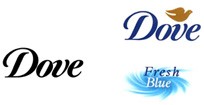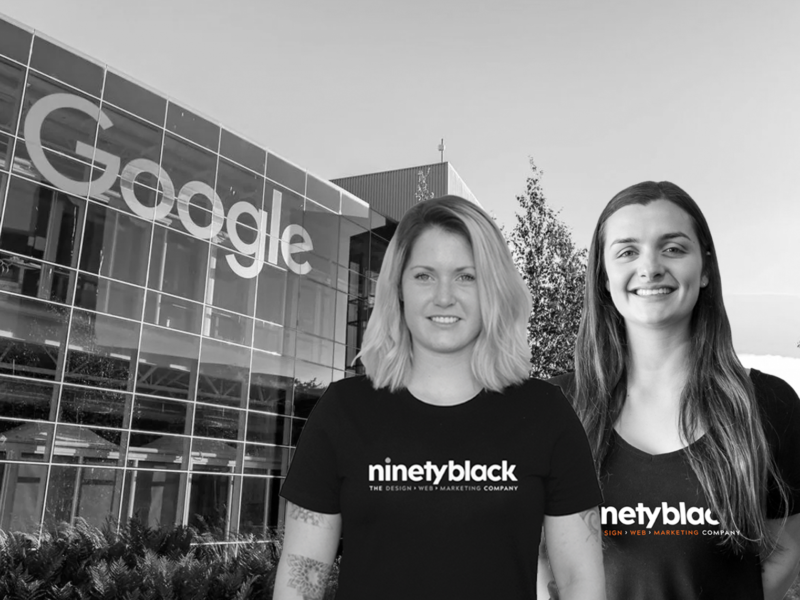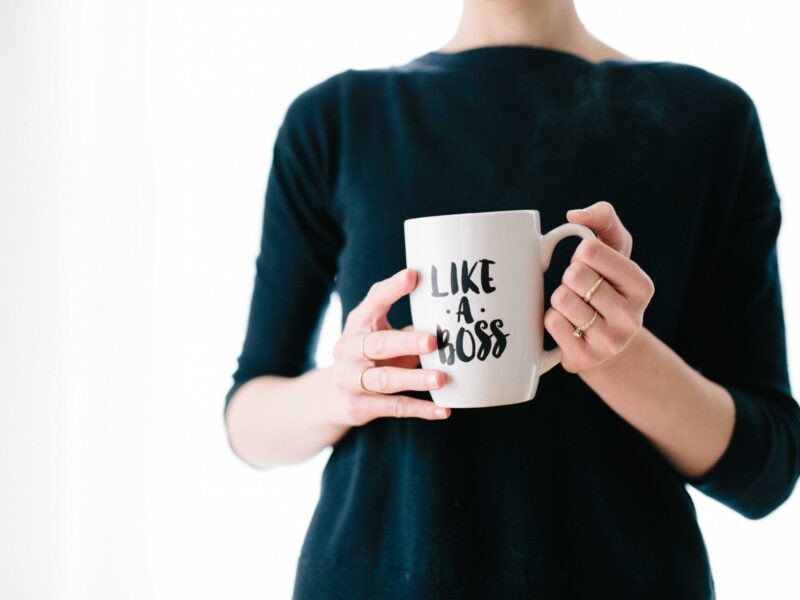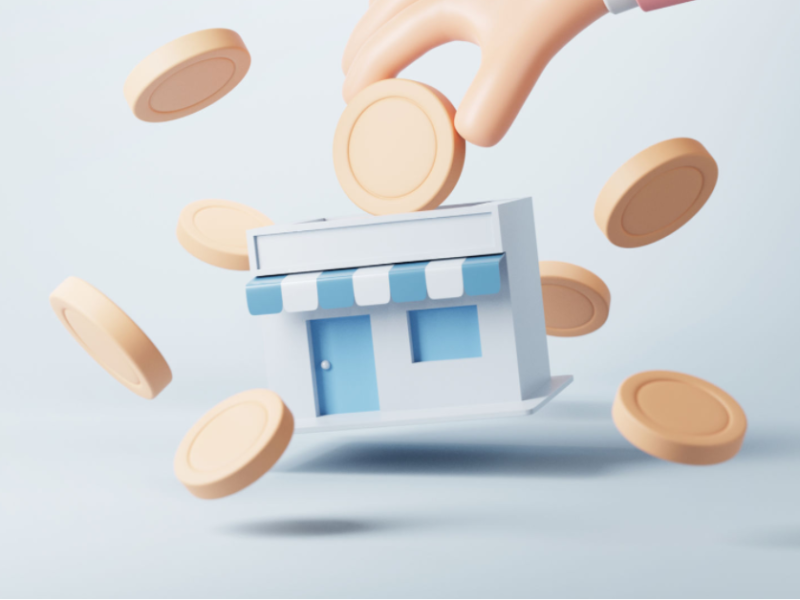What You Need To Know About Trademarks
May 14, 2020

Author: Georgia Townshend
Reading Time: 3 minutes
As you know by now, establishing a strong brand is pivotal to long term business success. Protecting that brand is equally important. Yet many small businesses overlook an important first step in securing their brand: trademarks.
What is a trademark?
A trademark is any unique word, symbol, name or device used to identify and distinguish the goods of one seller from the goods of another, think Adidas’s three stripes, for example.
A trademark allows the owner to protect what’s trademarked from use and misuse by competitors while building brand loyalty among repeat customers. Trademarks also help prevent confusion or manipulation of consumers, who come to associate distinct attributes – in particular, quality – with a distinct brand.
The most common types of trademark are:
Word trademarks
Such as a business name like ‘Dove’.
Image trademarks
These will be a type of symbol without any words, like this:

Combined trademarks
These are a combination of a word and image (or words in a stylised form), for example:

What can be trademarked?
From a branding perspective, assets that can be protected are logos, names, domain names, tag lines and packaging. However, these assets can only be trademarked if they meet certain qualifications.
A word or phrase that’s commonly used or already connected with another product or service in the same industry cannot be trademarked. For example, a generic term like ‘video streaming’ or ‘email’ can’t be trademarked, but a unique name, like YouTube or Gmail, can be.
However, if your name is a generic term but used in an industry not typically related to the meaning of the term, you may be able to trademark it, think ‘Apple Computers’.
It’s important to consider the ability of your business name to be protected by trademark law, the type of name will determine the level of protection. Marks that include made up words, referred to in legal jargon as fanciful marks (think Nike), arbitrary marks (think Penguin) and suggestive marks (think Netscape) all provide the highest level of protection. As a general rule, the more unique or distinctive the name is, the greater trademark protection it receives.
Your logo and tag line are also good candidates for trademarks. The first question to ask is, is it unique? What makes a logo unique is the combination of the symbol with the company name, their spatial relationship and the logo colours. If your tag line is a unique phrase, it can also be trademarked.
The Warehouse’s “where everyone gets a bargain” connects a Warehouse brand attribute – price - to its product. This tagline helps distinguish the Warehouse brand.
Key takeaways
Trademarks are vital to protecting your brand from misuse and misrepresentation. Keep in mind that the more you differentiate your brand from others in your industry, the easier it’ll be to protect. Choose a name and logo that distinctly identify your business and will protect it from competitors.




